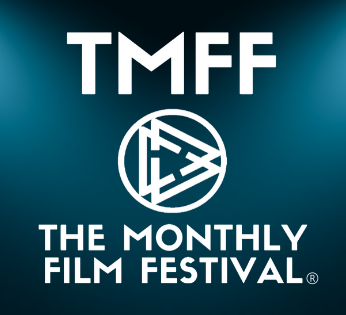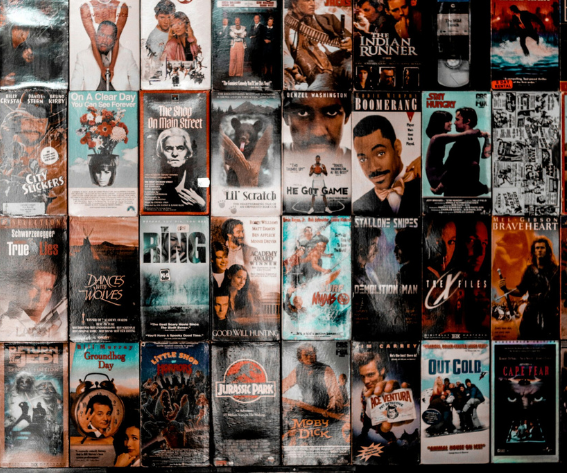The film industry used to be split cleanly between big-budget studio productions and scrappy independent shoots held together with duct tape and favours. But lately, the lines are blurring. A growing number of independent filmmakers are rethinking how they shoot—not by cutting corners, but by levelling up their production environments. That means full-service studios are no longer the exclusive playgrounds of major motion pictures. Indie directors are booking them too, and for good reason.
It’s not just about access to flashy equipment. It’s about having everything—gear, space, talent, and time—under one roof. These days, many creators are ditching the unpredictable DIY setups in favour of Flexible Studio Spaces for Creatives that offer structure without stifling creativity. The shift is subtle but significant, and it’s changing how independent stories get told.
The Studio Is the New Set
If you’re used to thinking of film studios as cold, clinical places packed with corporate energy, think again. Today’s full-service studios are more like creative ecosystems than industrial facilities. From soundproofed rooms to on-site editing suites, many studios are set up to handle everything from your first shot to final colour grade.
For indie filmmakers, this kind of setup solves a lot of headaches. You don’t have to source every little piece of kit or scramble to find a quiet place for ADR. Need a green screen? Sorted. Forgot a mic cable? There’s a drawer for that. The whole process becomes smoother, letting you focus on the story instead of chasing logistics.
Time Is Money—and Studio Time Saves Both
One of the biggest perks of working in a full-service studio is efficiency. On location, your shoot is at the mercy of traffic, rain, or random passers-by starting a construction project next door. In a controlled studio environment, none of that applies.
There’s also the scheduling freedom. Need a night shoot? No one has to worry about council curfews. Want to reshoot a scene with the exact same lighting as last week? That’s doable because you’re not relying on the sun to play nice.
All of this translates to time saved—and in indie filmmaking, every extra minute usually means dipping further into a tight budget. Studios help prevent the kind of creeping costs that can make or break a project.
Creative Control Without the Chaos
Studios have evolved to support creative flow instead of interrupting it. With designated areas for wardrobe, hair and makeup, and even chill-out zones for your cast, you can actually build momentum on set. When you don’t have to pack up and reset every day, your team can concentrate on performance and precision.
It’s not just about convenience, either. Being in a space purpose-built for production helps foster a certain headspace. You’re not crammed into someone’s rented flat with questionable lighting. You’re working in a professional environment that respects the work you’re doing. That boost in morale and focus? Worth its weight in gold.
Access to Talent and Tech
Let’s talk gear. One of the underrated advantages of full-service studios is access to professional-grade equipment you might not otherwise afford or transport. And you don’t just get the gear—you often get a team who knows how to use it.
From camera operators to lighting techs, many studios offer in-house talent that can join your crew for the day or the week. It’s a bit like having a safety net. You can still run the show your way, but you have support ready if you hit a snag.
This setup also makes experimentation more possible. You’re more likely to try a new camera rig or attempt a slick lighting effect when you’ve got expert help on standby—and that’s how indie filmmakers keep pushing boundaries without blowing their budget.
No More Patchwork Post-Production
Post-production is where a lot of indie projects stall out. Maybe you need to rent an editing suite in another city. Maybe your colourist is booked out for weeks. Or maybe your audio files are a mess because the field recordings weren’t clean.
Full-service studios are stepping in to close that gap. With in-house editors, mixers, and colour graders, you can move straight from your final shot into post without the downtime. That continuity means fewer communication errors, better quality control, and quicker turnaround.
Some studios even offer packages that bundle production and post together, giving you a clearer picture of your total costs right from the start. That kind of clarity is rare—and refreshing—when you’re used to budget lines constantly shifting.
It’s Not Just for Big Cities Anymore
Here’s another reason more UK filmmakers are taking the studio route: accessibility. You no longer have to be based in London to find a high-quality studio. Across the country—in places like Manchester, Bristol, Leeds, and Glasgow—studios are popping up with facilities that rival their capital counterparts.
This regional spread is a game-changer for creators outside the M25 bubble. It keeps travel costs down and allows local crews to stay local, supporting their own film communities without relocating or commuting for hours. For UK indie filmmakers, this shift is empowering a new kind of grassroots storytelling—one that’s ambitious but still anchored in its home turf.
Flexibility Is the New Standard
Modern studios know their clients aren’t all Hollywood producers. Many have adapted to the rhythm of indie and freelance life, offering half-day, full-day, and even hourly bookings. Some let you bring your own gear. Others throw in a package deal with lighting, backdrops, and crew for a flat fee.
This kind of flexibility makes it easier to plan short shoots, pickups, or proof-of-concept scenes without committing to a full week. For independent creatives juggling other jobs or side projects, that adaptability makes all the difference.
Studios are also increasingly offering hybrid workspaces—so while you’re waiting for a render or scheduling your next shoot, you’ve got a comfy corner to write, edit, or take meetings. It’s the kind of environment that encourages you to treat filmmaking like the business it is, without losing the fun.
A Safer, Smarter Set in a Post-COVID World
Let’s be honest: the pandemic changed how we approach production. Safety, cleanliness, and clear protocols have become non-negotiables. Full-service studios were quick to respond—introducing air filtration systems, distancing measures, and sanitised gear checkouts.
These precautions are now baked into standard practice. For indie filmmakers who might not have the resources to implement such measures on their own, studios offer peace of mind. You can focus on creativity without second-guessing whether your set is safe for everyone involved.
Networking Without the Pressure
Studios aren’t just for shooting—they’re community hubs. Many host industry events, workshops, and showcases that bring creators together. Whether you’re looking for a DP for your next short or a producer to help polish your pitch deck, you’re likely to cross paths with someone who can help.
Even if you’re not the networking type, just being in a space filled with working professionals raises your game. You’ll learn by osmosis, get recommendations for crew or suppliers, and possibly make a few friends who speak your production-language fluently.
Final Cut: Why It’s Worth Considering
Indie filmmaking will always carry a certain DIY charm. But charm doesn’t pay for reshoots. It doesn’t fix a dropped sound file or solve a rainy shoot day. That’s why more independent filmmakers are taking a closer look at full-service studios—not as a luxury, but as a smarter way to work.
With built-in gear, experienced crew, climate control, and consistency, studios offer the kind of reliability that can make even a small-budget shoot feel big. More importantly, they give you the headspace to focus on your craft. The story still matters most—but the environment where you tell it? That matters too.
So if you’re planning your next shoot and want fewer surprises, more control, and a smoother ride from storyboard to screen, a full-service studio might just be your best co-director.









Leave a reply